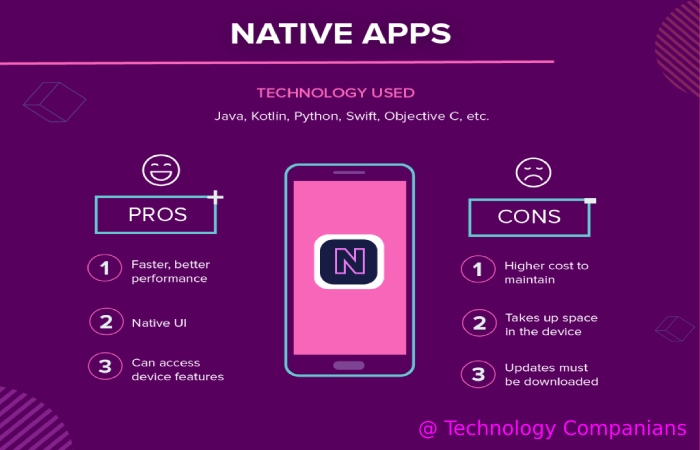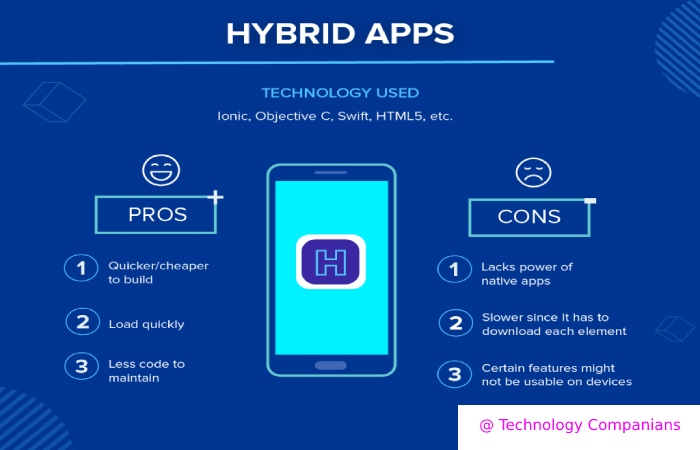The applications are also used regularly by businesses large and small to optimize production and surge ease of work. In this article, we debate what an app is, the different apps, and examples of common apps in use today.
Table of Contents
Important For Entrepreneurs
Apps can be critical to entrepreneurs and businesses for several reasons, including:
- It can help entrepreneurs quickly deploy software that enables the business to run more efficiently
- They are more affordable than other forms of software
- It can extend the reach of a business
- It can increase the productivity of a business
- Allow employees to perform business tasks outside of the office
- Proposes a range of business services, including accounting, inventory management, and CRM software
- Customer relationship management software is built for companies that want to spend less time logging data.
Different Types Of Apps
The app is a reduced form of the word “application.”
The different types of applications include:
1. Web app
It is kept on a remote server and streamed over the Internet via a browser interface. Slack is a web application. Trello is a web application. Google documents.
At first, we were limited to commenting and voting on hypertext documents, but soon after, people like me could do almost all of my work in what is now called “web applications.” These apps have added collaboration or other valuable features to traditional desktop app tasks like creating emails or documents. Others are more documentary in nature with hyperlinks – consider integrating with Slack and Twitter or the multi-user nature of Trello.
2. Native App

It has been developed for use on a particular platform or device. But there’s an almost golden rule for web apps: The native app is arguably better.
Native application. The persistence of an HTML document. Web apps can be faster to build, more straightforward to deploy, and easier to iterate, but that’s not a sufficient advantage to remove native apps in a wide variety of cases.
But the web platform continues to evolve, and some upcoming web technologies could give web applications a better chance to compete with their native counterparts.
3. Hybrid App

It combines elements of both native and Web applications. Hybrid apps are often present in the context of mobile computing.
Hybrid mobile apps are apps on a device, just like any other app. What sets them apart is that they have native app elements, apps developed for a specific platform such as iOS or Android, with web app elements. These websites act as applications but are not on a device. They are accessible via the Internet through a browser.
Hybrid apps are present in a native container that uses a floating WebView object. When using the application, this object displays web content through web technologies (CSS, JavaScript, HTML, HTML5).
4. Killer App
It is a program that intentionally or unintentionally gets you to buy the system the application runs on. Killer apps are innovative and often represent the ancestor of a new generation and are hugely successful. Netscape and others quickly trailed it. Contrast with the filler application and the killer application.
The Killer Becomes Real
As more and more military drones are established, the software that runs them can bombard and destroy targets, which often include humans. Therefore, the application of these robotic flying machines has become a “killer” application.
5. Legacy App
It inherits from languages, platforms, and techniques earlier than current technology. An application is written for an earlier operating system or hardware platform. For example, mainframe applications were legacy applications when the world adopted client/server networks. Windows 3.1 applications were legacy applications when Windows 95 was introduced. Windows 7 apps running on Windows 8 are legacy apps.
Any business software that is not compatible with the Internet in one form or another is sometimes considered a legacy application.
While many are eager to adopt newer software, there is an investment in older software, which is sometimes substantial. Legacy apps tend to stay in use for much longer than expected. In some cases, they thrive, like mainframe applications. DOS applications today also run on 32-bit versions of Windows.
